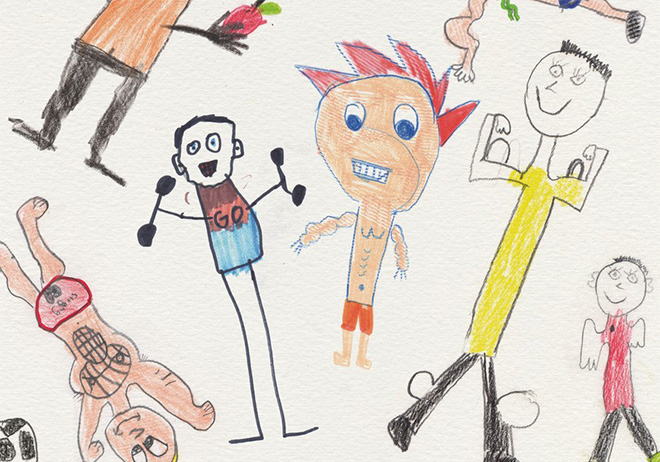Social media a new influence on boys’ body expectations

The deluge of images of fit, muscular of men on social media is quite understandably influencing how young boys view themselves in the modern age.
Boys between nine and 10 years of age have been found to think that having ‘abs’ and a ‘six-pack’ provides a number of opportunities that may not otherwise be afforded to those without.
Prof Murray Drummond, Director of the SHAPE Research Centre, interviewed 33 Australian boys over an 8-year period through significant development stages of early childhood, middle years and adolescence – encompassing reception until Year 7.
“Masculinity plays a significant part when young boys are developing. I discovered just how much they were influenced by the internet, social media and the media in general, which ultimately endorsed attitudes and behaviours, including what they should now consider an appropriate body,” says Drummond.
He anaylsed the relationship between boys bodies and sport, including how they developed into adolescent males navigating modern western society.
“We are certainly living in a period of rapid technological change that is posing enormous challenges for everyone. Understanding the context in which these technologies operate will be key to moving forward.”
In his book Boys’ Bodies: Sport, Health and Physical Activity, Drummond outlines how young boys are no longer only influenced by family members, peers and friends when it comes to how they view their bodies, but now rely on ‘norms’ constructed on social media.
“The notion of the six-pack was one of the major issues to emerge around boys’ bodies during their development. The boys had begun to understand the social capital afforded to a body that 'looked' a certain way.”
After receiving their first mobile phones, Drummond says the group of boys began to regularly use Instagram, Snapchat and Facebook which opened up new social networks but significantly sped up their introduction into the adult world.
As a consequence, the boys eventually started to present ‘typical’ viewpoints about male bodies throughout the interview process.
“However, some of these perceptions were challenged by the boys. It provides evidence that despite broader coercive forces, they have the capacity to challenge and reject social norms they may see as undesirable within the context of their lives.”
While the book attempts to explain the relationship between boys’ bodies and that of sport, health and physical activity it is also about boys and their lives. It seeks to explore the meaning of boys growing up and developing into adolescent males as they navigate a range of issues within contemporary western society. Understanding masculinities will be key to this process.